Phone
832-979-3573
Pilgrimage sites are among the most revered and spiritually significant places in the world, drawing millions of devotees who embark on journeys of faith and devotion. These sacred destinations, often steeped in history and tradition, serve as focal points for religious practice, reflection, and transformation. Whether it’s the holy city of Mecca, the Camino de Santiago in Spain, or the sacred banks of the Ganges River in India, pilgrimage sites offer a unique opportunity to connect with the divine, seek blessings, and experience profound spiritual renewal.
For centuries, pilgrims have traveled great distances, overcoming physical and spiritual challenges, to reach these hallowed grounds. The act of pilgrimage is more than just a physical journey; it is a spiritual quest that reflects the inner journey of the soul. Let’s explore the significance and allure of pilgrimage sites, where faith, culture, and tradition converge in a powerful expression of devotion.
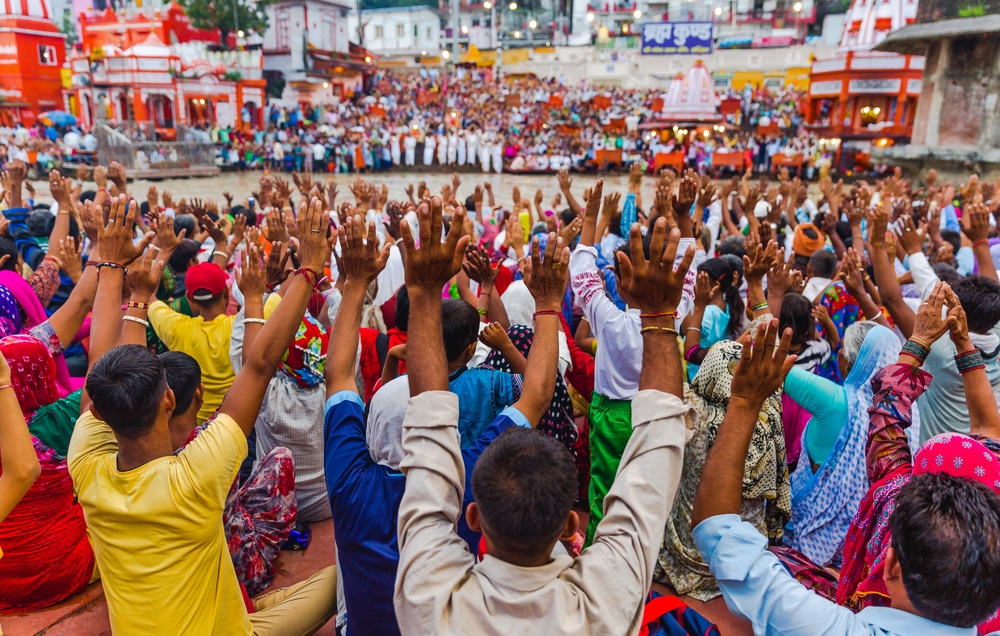
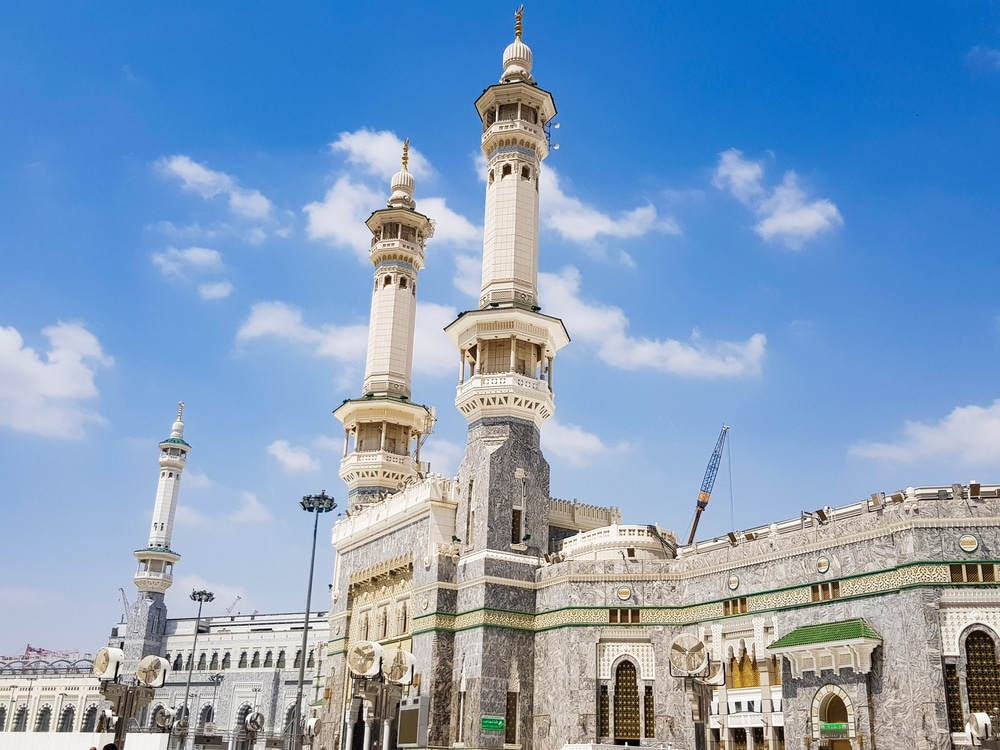
Pilgrimage sites are found in every corner of the globe, each with its own unique history, significance, and rituals. These sites are often associated with miraculous events, sacred texts, or the lives of saints and prophets, making them powerful symbols of faith for believers.
The act of pilgrimage is not just a journey to a physical location; it is a deeply personal and spiritual quest that transforms the pilgrim. The challenges, sacrifices, and rituals involved in pilgrimage are seen as acts of devotion that purify the soul, strengthen faith, and bring the pilgrim closer to the divine.

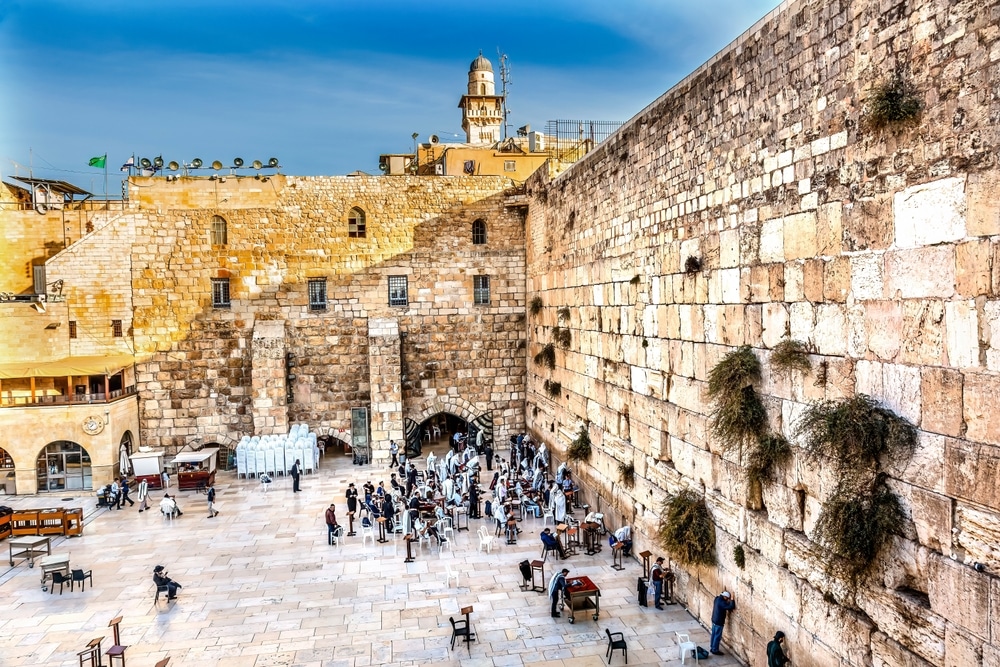
Pilgrimage sites are not only places of spiritual significance but also important cultural and historical landmarks. They are living heritage sites that reflect the religious, cultural, and social history of the communities that built and maintained them.
Visiting pilgrimage sites is a journey that offers not only spiritual enrichment but also a deep understanding of the cultural and historical context of these sacred spaces. Whether you are a believer, a seeker, or a curious traveler, pilgrimage sites provide a space where you can connect with something greater than yourself.
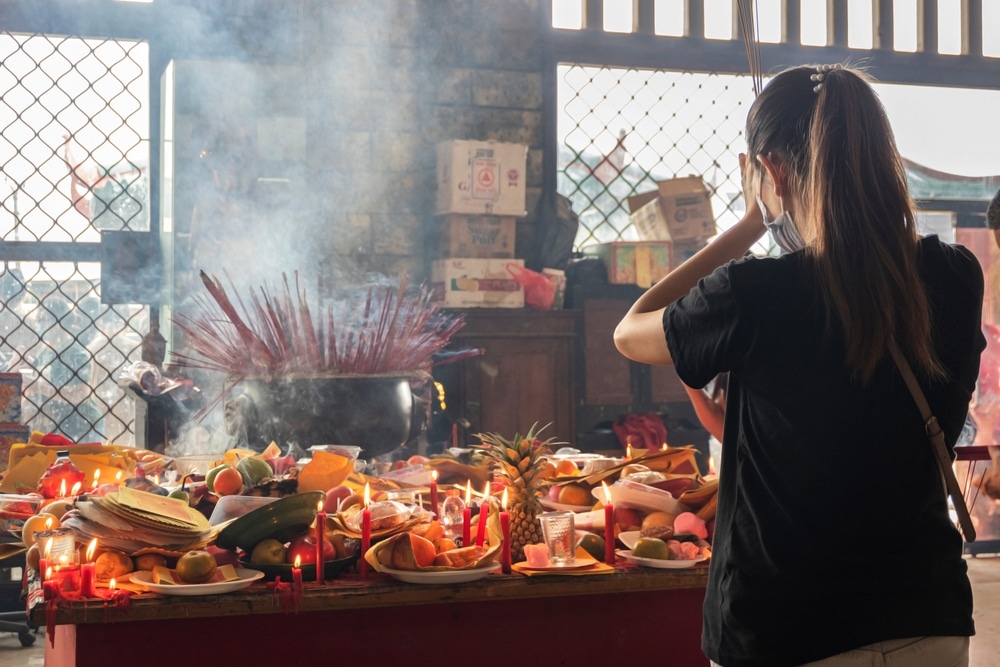
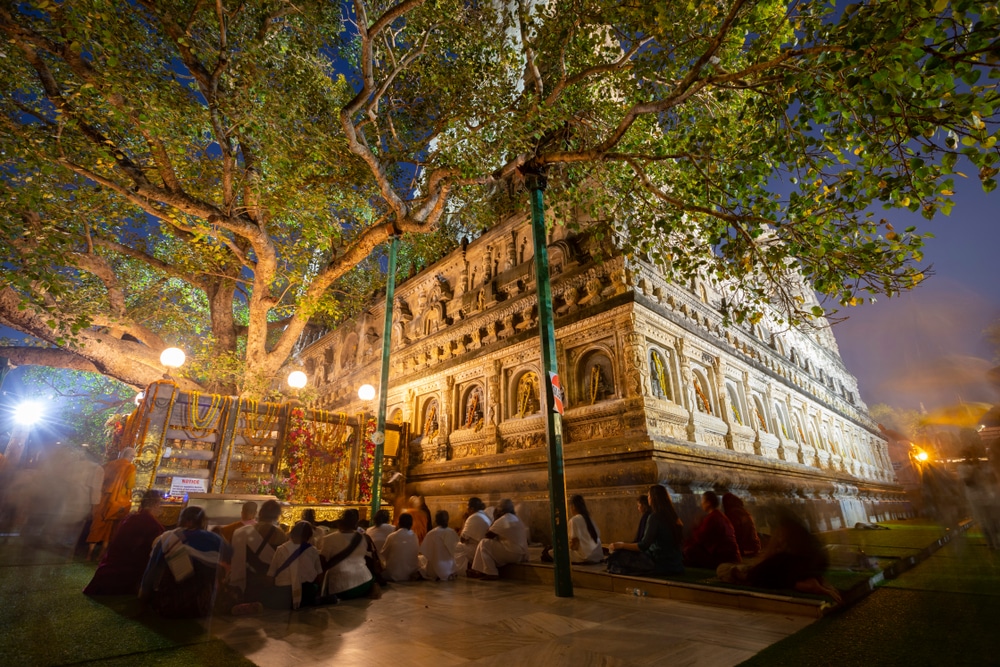
Pilgrimage sites are places of profound spiritual significance, where faith, culture, and history come together in a powerful expression of devotion. Whether you are drawn to their spiritual atmosphere, their historical importance, or their cultural richness, visiting pilgrimage sites is an experience that touches the soul and enriches the mind.